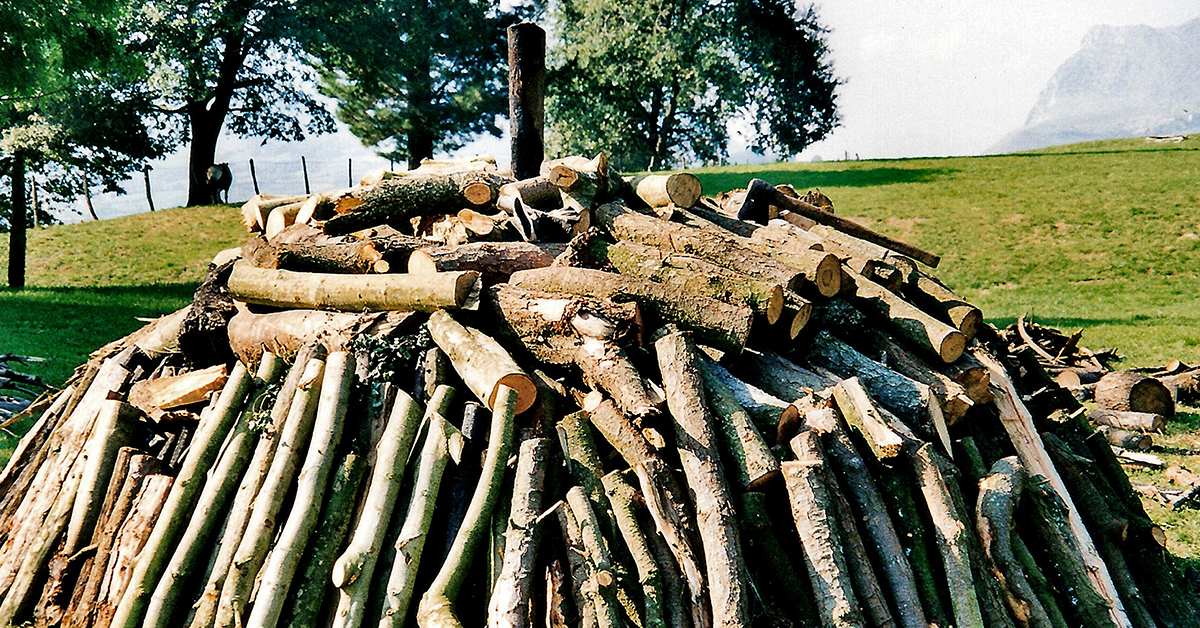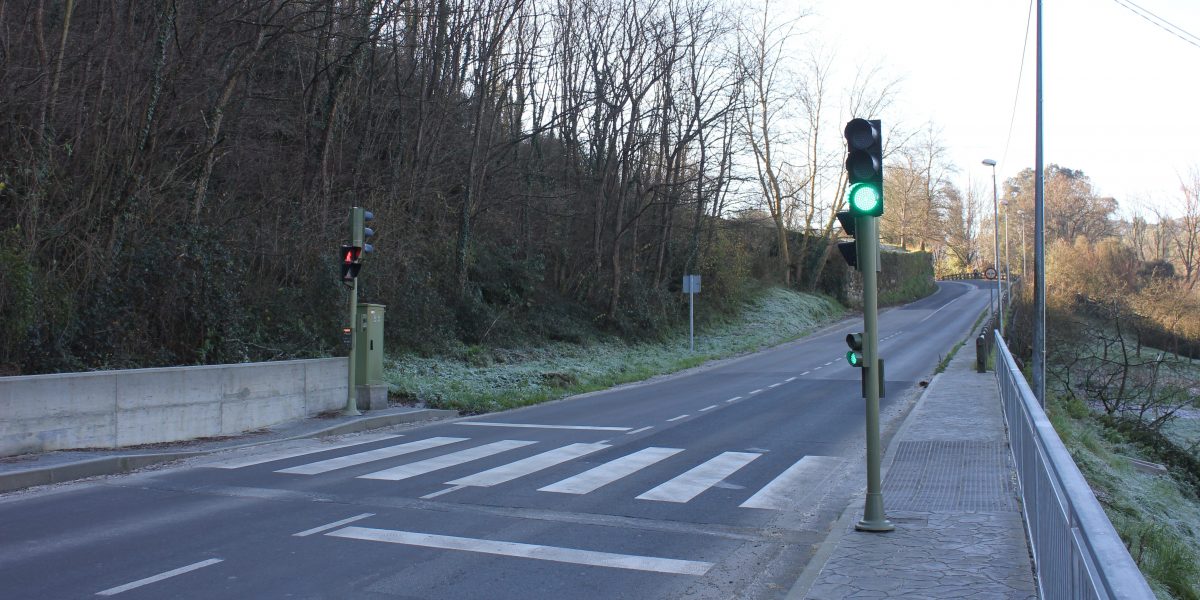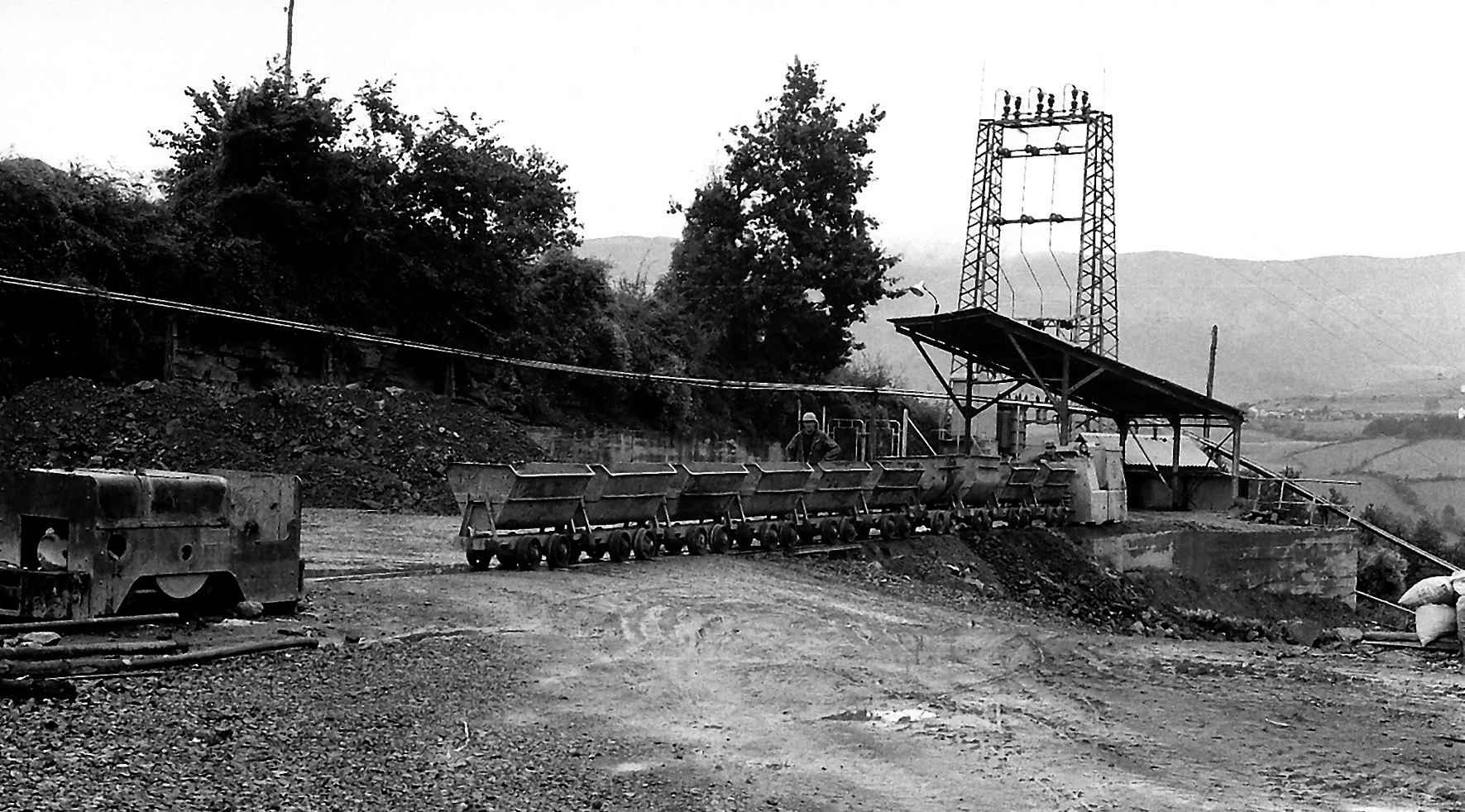Archives
Formerly, in the mountains surrounding the Valley of Carranza (Bizkaia), charcoal burning would be among the main uses of wood.
The burning season would usually start in March and last until November. The wood (chestnut, oak, beech or oak) to be charred would have been harvested in the winter and properly seasoned for several months. Two-men saws, axes, mallets and wedges were used for felling and preparing the timber. (more…)

Grazing cattle in Carranza (Bizkaia). Luis Manuel Peña. Archivo Fotográfico Labayru Fundazioa.
In the Valley of Carranza (Bizkaia) there is a long-established livestock farming culture, and a significant part of the population would once upon a time make their living from milk production, thus developing strong links with dairy cattle, and as a result acquiring certain ways of expressing themselves when referring to behaviour patterns and other human traits. (more…)
The purpose of signalling devices like the lights in the photograph is well known to us all. Those in particular are the first traffic lights in the Valley of Carranza (Bizkaia), where I live, a once eminently rural area. The signals in question are part of the so-called ‘urban furniture’. Street lamps were installed several decades ago, to the delight of bats watching their nightly helping of food flutter to the light. Later came a few pavements, and down in the middle of the Valley, away from the reign of the cows, some ‘zebra crossings’ were painted. (more…)
Ángela is the name of an ancient mine situated in lands under the Matienzo council jurisdiction in the Valley of Carranza (Bizkaia) characterised by the presence of numerous sulphide ore deposits: galena (lead), sphalerite (zinc) and fluorite (fluorspar).
The earliest extraction activities took place between 1929 and 1931, reaching only shallow layers of galena. Starting in the 1940s to the end of 1964, the seams of lead were further exploited by the mining company Sierra de Gredos S.A. The construction of the shaft or main access tunnel up to a depth of 286 metres was undertaken for that purpose, the entrance to the mine being located in a spot known as Las Veneras half a kilometre away from the neighbourhood of Matienzo. (more…)






